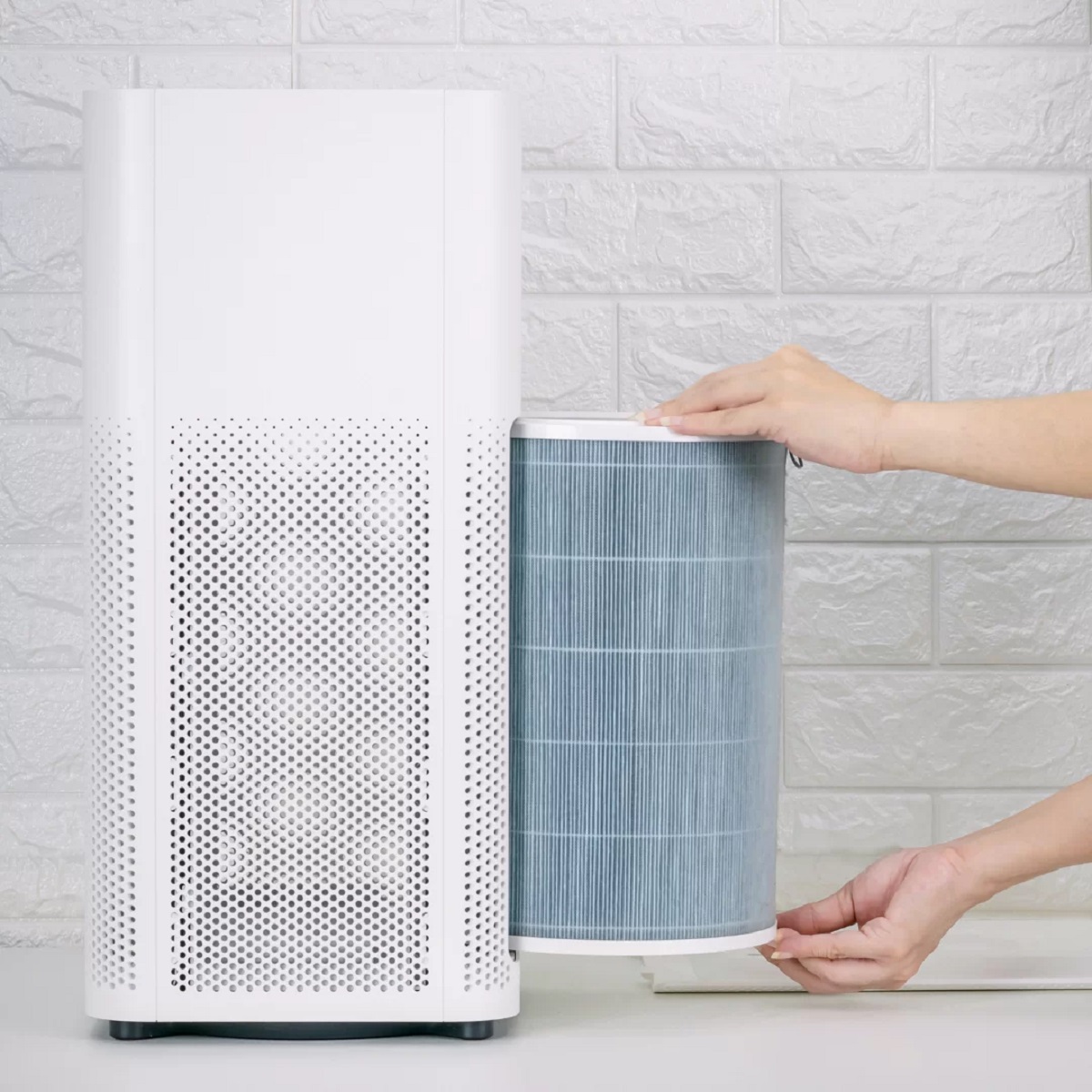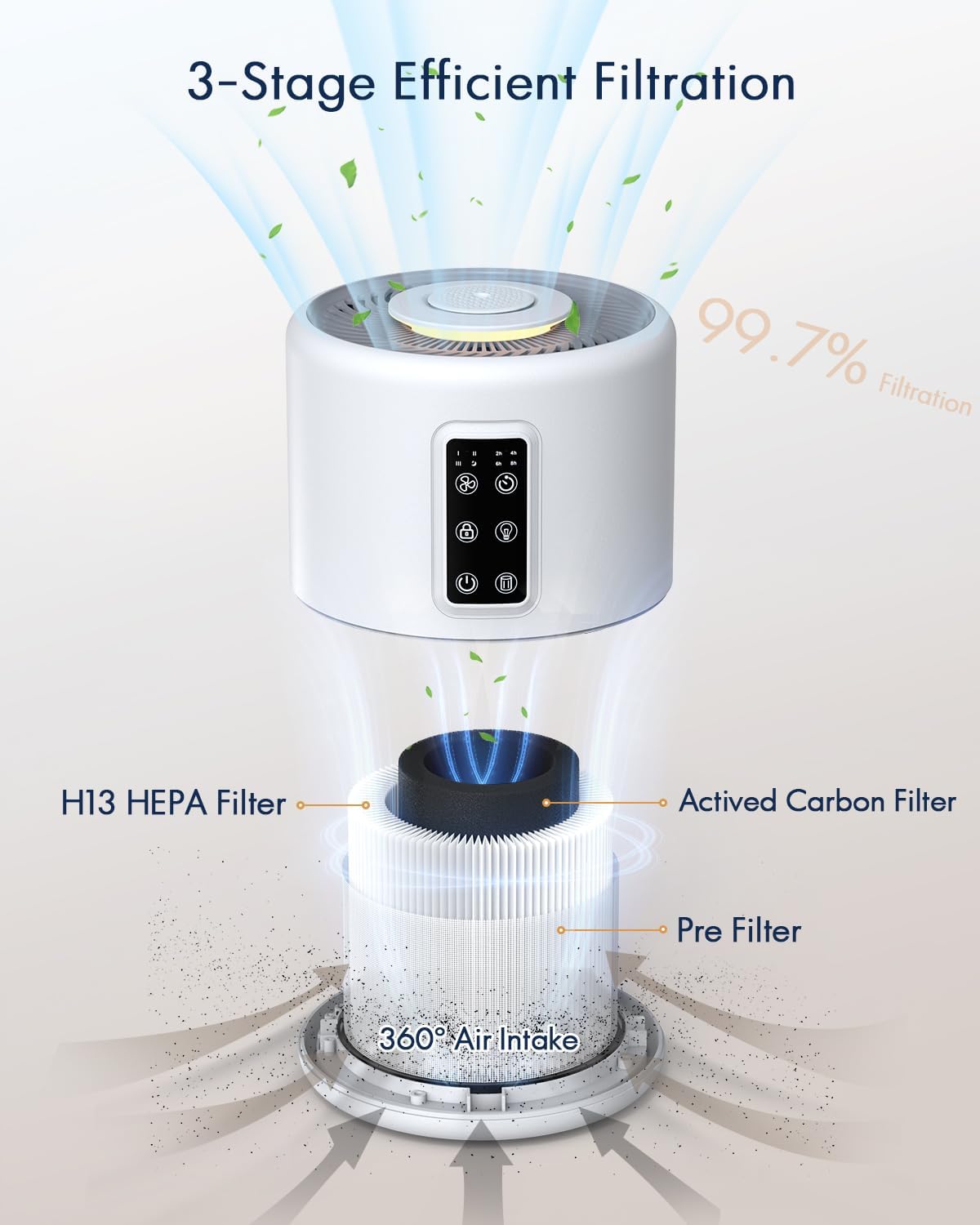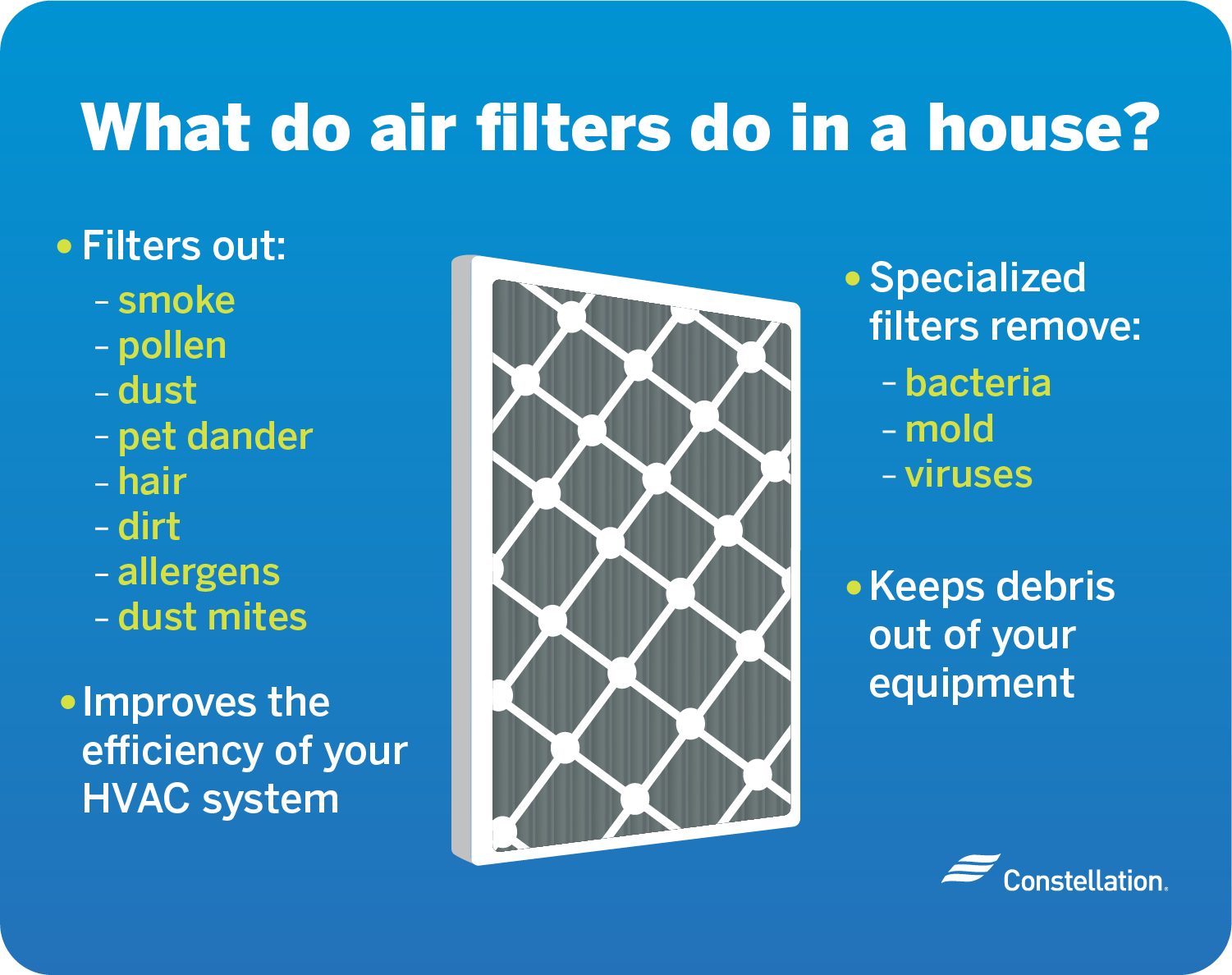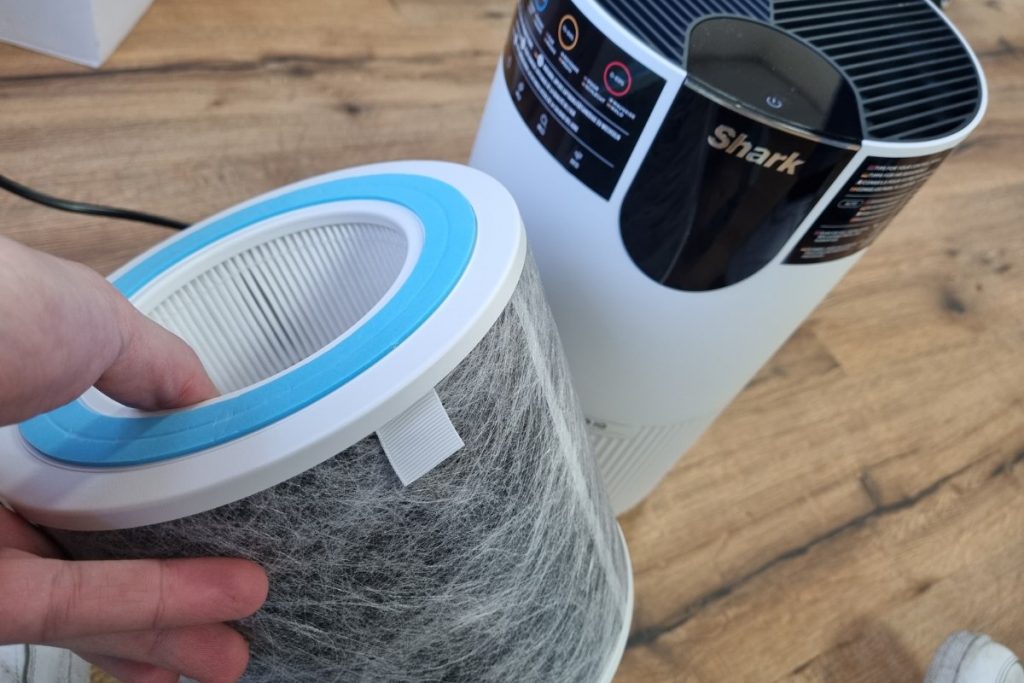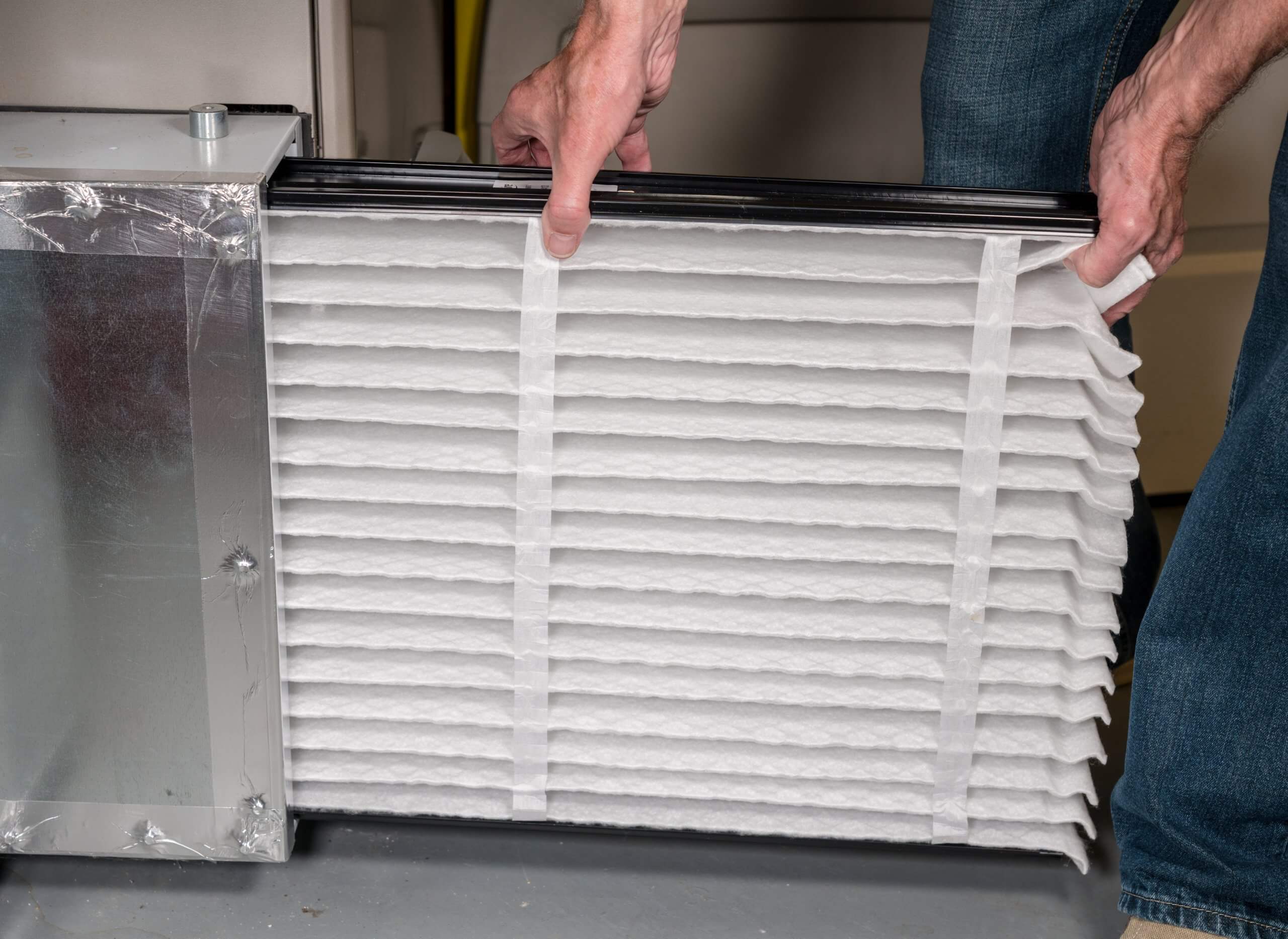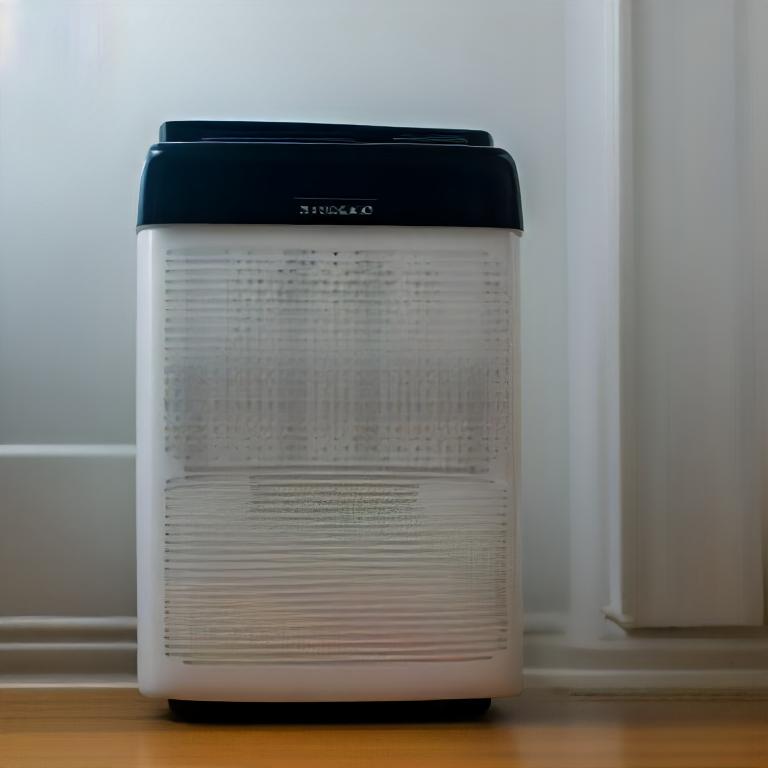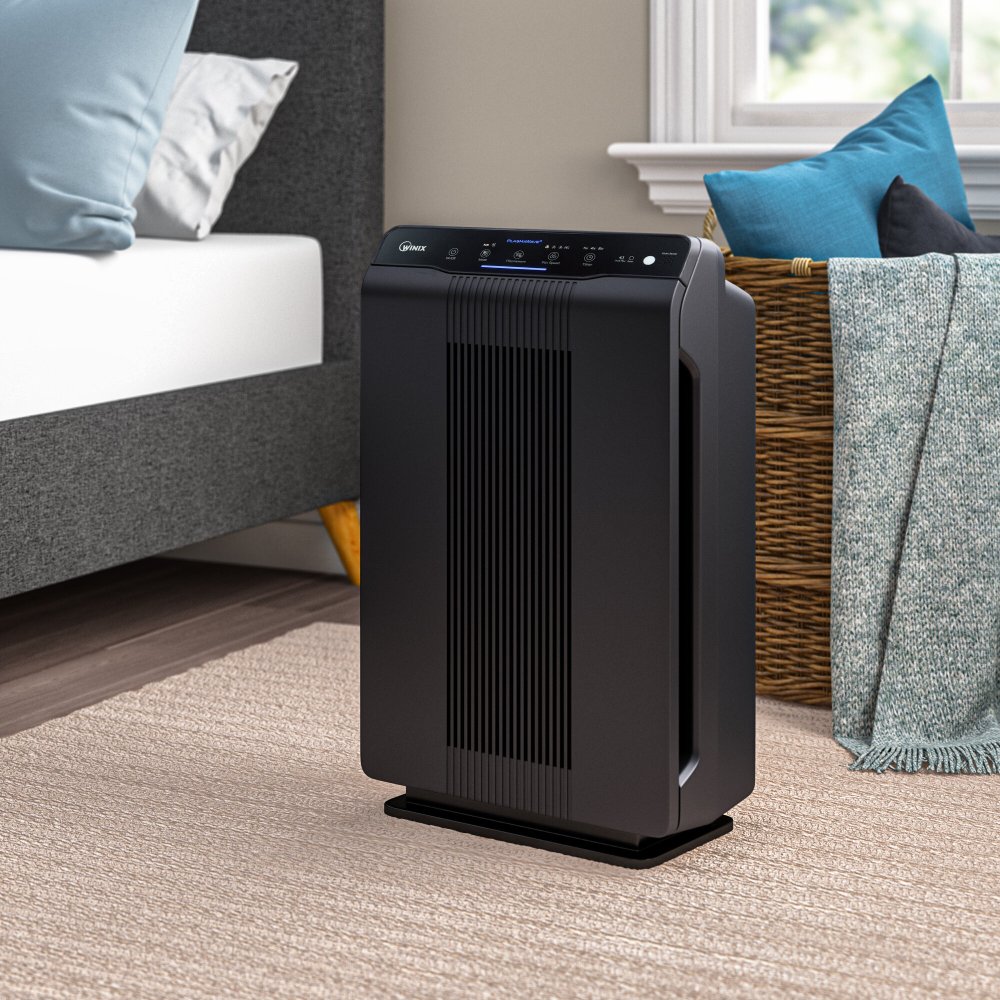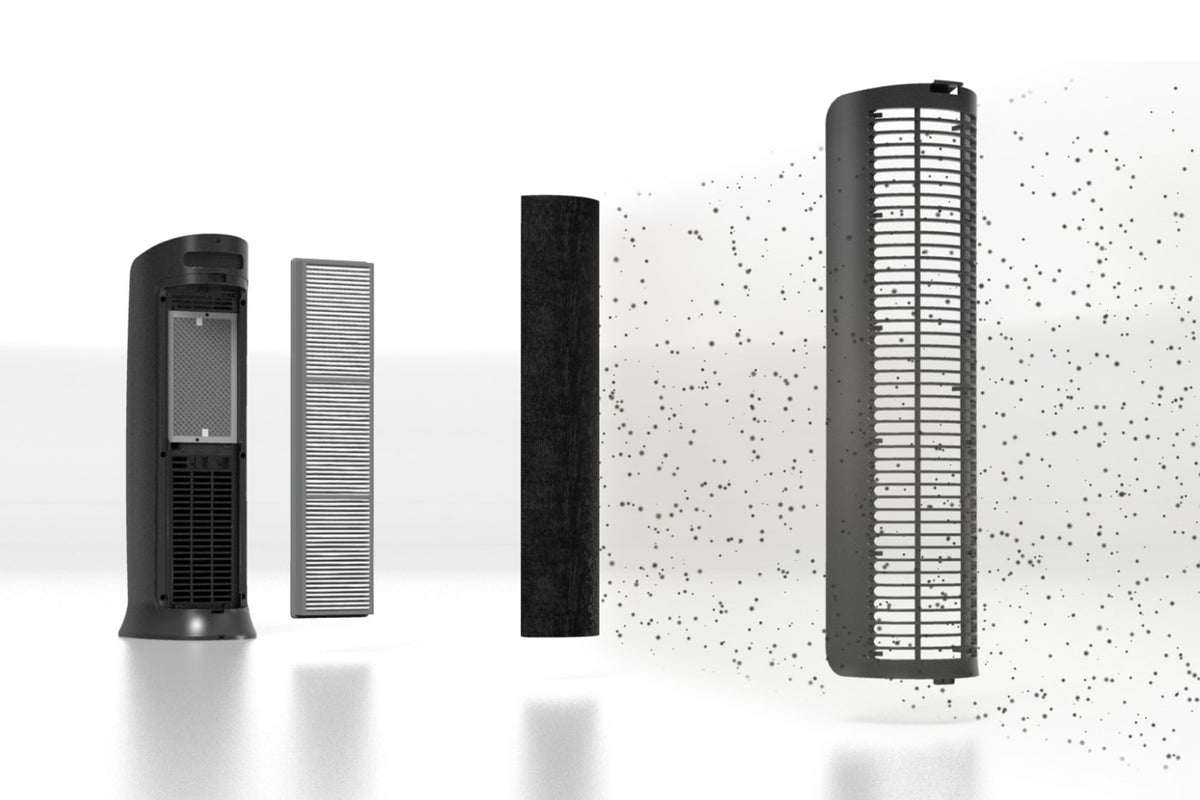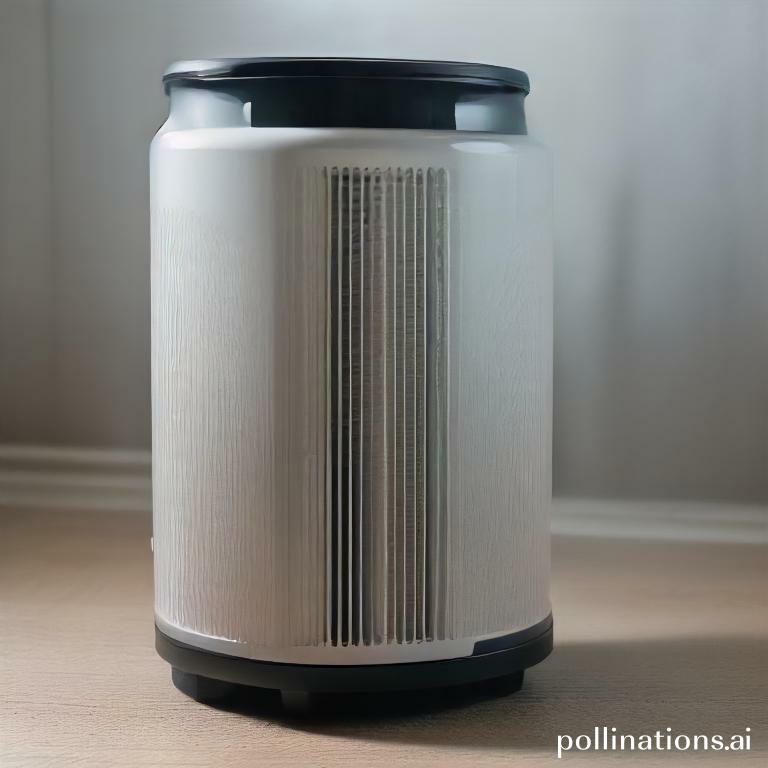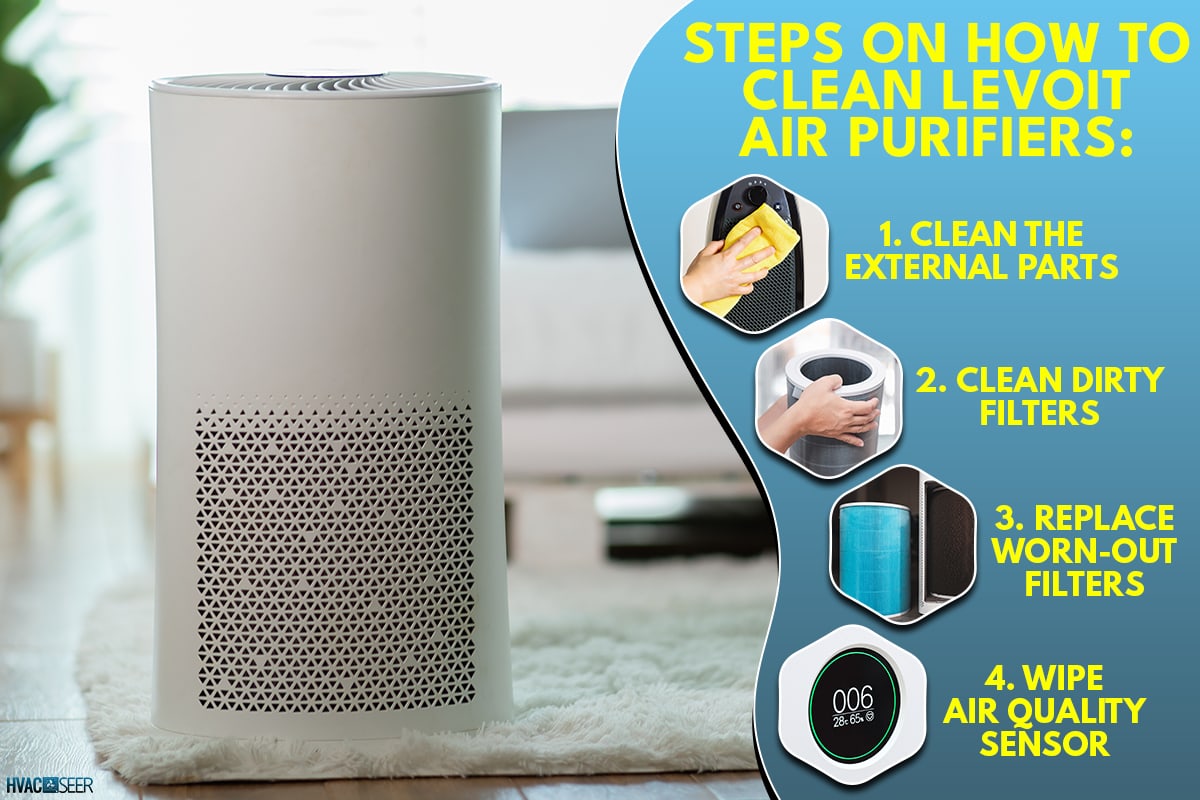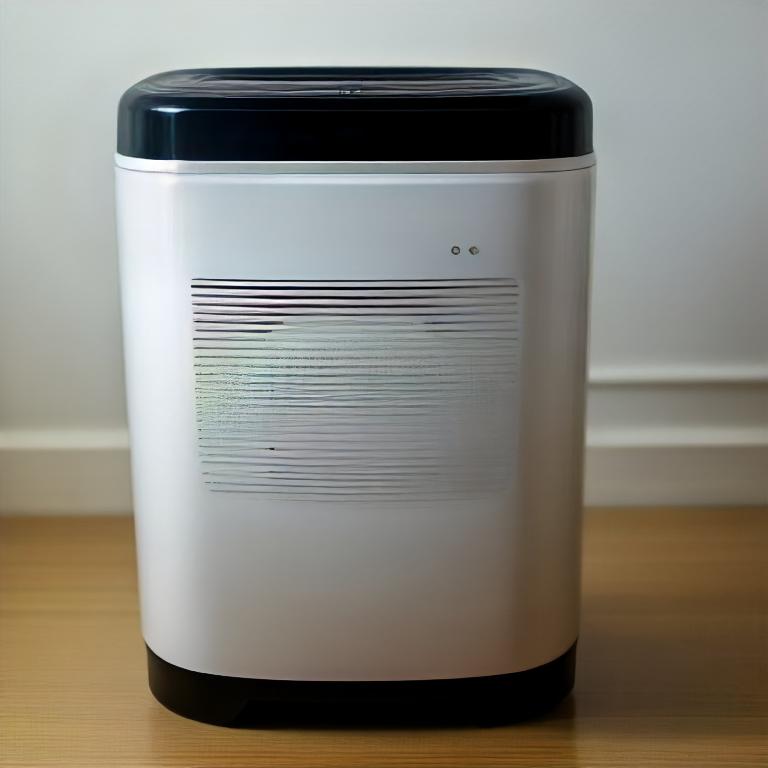Air Purifier Filter Replacement How Often

Indoor air quality is a growing concern for many, prompting a surge in the use of air purifiers. But are you replacing the filters often enough to ensure optimal performance? Neglecting this crucial maintenance step can negate the benefits of your air purifier, potentially impacting your health and indoor environment.
The frequency of air purifier filter replacement is a crucial aspect of maintaining clean indoor air. The recommended replacement schedule depends on several factors, including the type of filter, the air purifier model, and the levels of pollutants in your home or office. Understanding these factors is key to maximizing the effectiveness of your air purifier and safeguarding your respiratory health.
Filter Types and Lifespans
Air purifiers commonly use several types of filters, each with different lifespans. The most common types include pre-filters, HEPA filters, activated carbon filters, and sometimes specialized filters for specific pollutants.
Pre-filters are designed to capture larger particles like dust, pet dander, and pollen. They protect the more sensitive and expensive filters downstream. These are usually washable and should be cleaned every 1-3 months, though some need replacement after 6-12 months.
HEPA (High-Efficiency Particulate Air) filters are the workhorses of air purification. They are designed to capture 99.97% of particles 0.3 microns in size. Most manufacturers recommend replacing HEPA filters every 6-12 months, depending on usage and air quality.
Activated carbon filters remove odors, gases, and volatile organic compounds (VOCs). They have a shorter lifespan than HEPA filters, generally requiring replacement every 3-6 months. The adsorption capacity of activated carbon diminishes over time, rendering them less effective.
Some air purifiers have specialized filters designed to target specific pollutants like formaldehyde or smoke. These may require more frequent replacement depending on the levels of these pollutants in your environment.
Factors Influencing Replacement Frequency
Several factors can impact how often you need to replace your air purifier filters. These include air quality, usage patterns, and the presence of pets or smokers in the household.
Homes in areas with high levels of pollution, such as near industrial zones or busy roads, will require more frequent filter replacements. Similarly, if you run your air purifier constantly, the filters will become saturated more quickly.
Pets contribute significant amounts of dander and hair to the air, which can clog filters faster. Households with smokers will also need to replace their filters more frequently due to the tar and other particles present in cigarette smoke.
Manufacturer Recommendations and Indicator Lights
Always consult your air purifier's manual for specific filter replacement recommendations. Manufacturers often provide guidelines based on the filter type and the intended use of the purifier.
Many modern air purifiers have indicator lights that signal when it's time to replace the filters. These sensors can detect changes in airflow or particle accumulation and provide a visual reminder.
However, relying solely on indicator lights can be misleading. Visual inspection of the filters is also recommended. A visibly dirty or clogged filter, even if the indicator light hasn't illuminated, should be replaced.
The Consequences of Neglecting Filter Replacement
Failing to replace air purifier filters regularly can have several negative consequences. The most obvious is a reduction in air purification efficiency. A clogged filter cannot effectively remove pollutants, leading to a decline in indoor air quality.
A dirty filter can also put a strain on the air purifier's motor, causing it to work harder and potentially shortening its lifespan. This can lead to increased energy consumption and higher electricity bills.
Perhaps the most concerning consequence is the potential impact on health. A saturated filter can become a breeding ground for mold and bacteria, which can then be released back into the air. This can exacerbate allergies, asthma, and other respiratory problems.
Cost Considerations and Long-Term Savings
While the cost of replacement filters may seem like an added expense, it's an essential investment in maintaining a healthy indoor environment. Neglecting filter replacement can lead to higher energy bills, reduced air purifier lifespan, and potential health problems, ultimately costing more in the long run.
Consider purchasing replacement filters in bulk to save money. Some manufacturers also offer subscription services that automatically ship filters at regular intervals, ensuring that you always have a fresh supply on hand.
"Maintaining good indoor air quality is crucial for overall health and well-being," says Dr. Emily Carter, a pulmonologist at City General Hospital.
"Regularly replacing air purifier filters is a simple yet effective way to minimize exposure to airborne pollutants and allergens."
The Environmental Protection Agency (EPA) recommends following manufacturer guidelines for filter replacement. "Proper maintenance of air purifiers is essential for their effectiveness," states the EPA's website.
"Regular filter replacement helps ensure that the air purifier continues to remove pollutants efficiently."
A Real-Life Example
Sarah Miller, a mother of two in Chicago, struggled with her children's allergies for years. After investing in air purifiers, she initially saw a significant improvement in their symptoms. However, after a few months, the allergies seemed to return.
Upon consulting with her pediatrician, she realized that she had neglected to replace the filters regularly. "I thought the air purifier was still working because it was still running," Sarah explained. "I didn't realize how important it was to change the filters."
After implementing a strict filter replacement schedule, Sarah noticed a significant improvement in her children's allergy symptoms. This experience highlighted the importance of understanding and adhering to recommended filter replacement guidelines.
Conclusion
Replacing air purifier filters regularly is essential for maintaining optimal indoor air quality and protecting your health. By understanding the different types of filters, the factors that influence replacement frequency, and the consequences of neglecting this crucial maintenance step, you can ensure that your air purifier continues to provide clean and healthy air for you and your family.
Remember to consult your air purifier's manual for specific recommendations and consider setting reminders to help you stay on track with filter replacement. A small investment in filter replacement can yield significant long-term benefits for your health and well-being.
